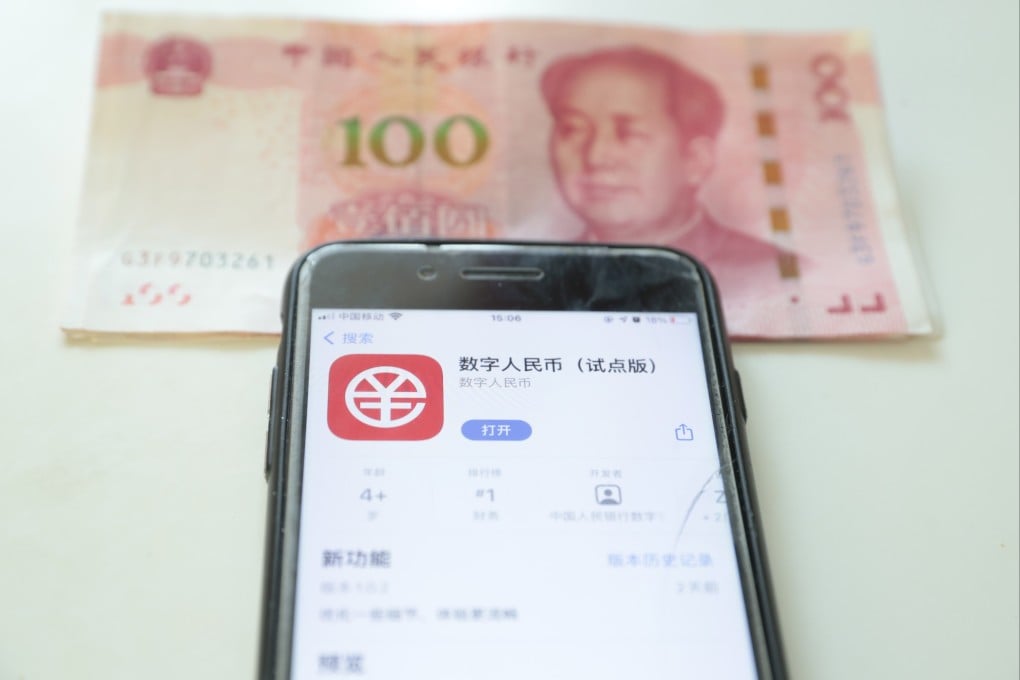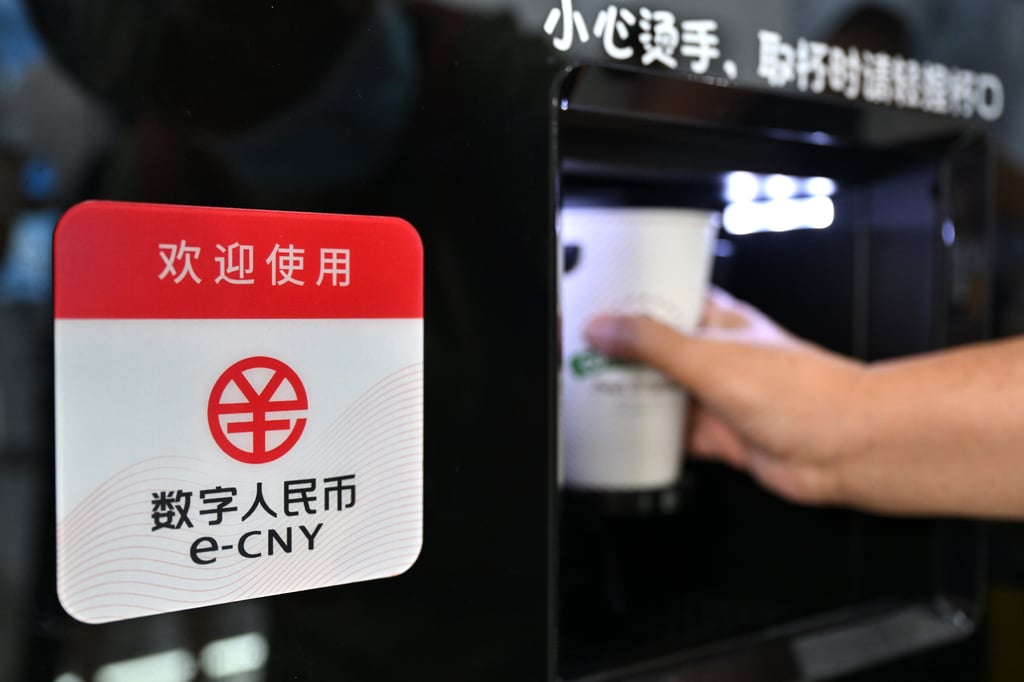China digital currency: transactions total 100 billion yuan at end of August as uptake marred by Covid-19 curbs, slowing economy
- Total transactions from December 2019 to the end of August covered e-CNY trials in 23 cities, including Beijing, Shanghai and Shenzhen
- China’s digital payments market declined in the first half of the year amid strict Covid-19 control measures and economic headwinds

While that was up 14 per cent from the 87.6 billion yuan total at the end of 2021, it was well behind the 154 per cent growth rate recorded during the six-month period from June to December 2021, when the PBOC last reported e-CNY data.
The PBOC said adoption of its digital currency continues to progress and that it will continue to carry out research and development “in a solid way”, according to a statement released on Wednesday. The central bank did not provide data about the latest number of e-CNY wallets, which reached 261 million at the end of last year.

Alipay, for example, earlier reported 118 trillion yuan in total transactions in the 12-month period ended June 2021. That means e-CNY’s total transactions over 2.7 years amounted to about one-third of Alipay’s daily turnover.